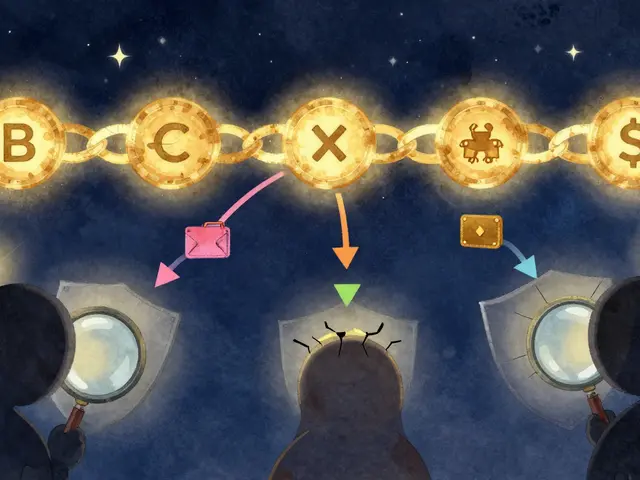Bibox Fees Explained: What You Need to Know
When working with Bibox fees, the set of charges applied by the Bibox cryptocurrency exchange for trading, withdrawing, and other services. Also known as Bibox trading costs, they determine how much of your crypto you actually keep after each transaction.
Every exchange charges cryptocurrency exchange fees, fees that any platform may apply for buying, selling, or moving digital assets. On Bibox, these fees break down into two main groups: trading fees, charges levied each time you place a buy or sell order and withdrawal fees, the cost to move coins from your Bibox wallet to an external address. Bibox fee structure requires understanding the maker/taker model, a pricing system where makers add liquidity and pay lower rates while takers remove liquidity and pay higher rates. In practice, Bibox fees encompass both trading and withdrawal costs, and each component influences your net profit.
Why does this matter? If you’re a day‑trader, maker‑taker differentials can swing a small trade from profit to loss. If you’re an investor moving large sums, withdrawal fees can eat into your gains, especially on less‑liquid coins. Bibox also offers fee discounts for high‑volume traders and for users who hold its native token, creating a direct link between Bibox exchange, the platform that hosts the order book and wallet services and the fee you pay. Knowing the fee schedule lets you plan optimal order types, decide when to convert or transfer, and avoid surprise deductions. Below you’ll find a curated set of articles that dig deeper into each fee type, compare Bibox’s rates with other platforms, and share practical tips to keep your costs low while you trade or withdraw on Bibox.
Bibox Crypto Exchange Review 2025: Fees, Trust Rating & Trading Features
A practical 2025 review of Bibox crypto exchange covering fees, trust scores, features, and whether it's worth using.





